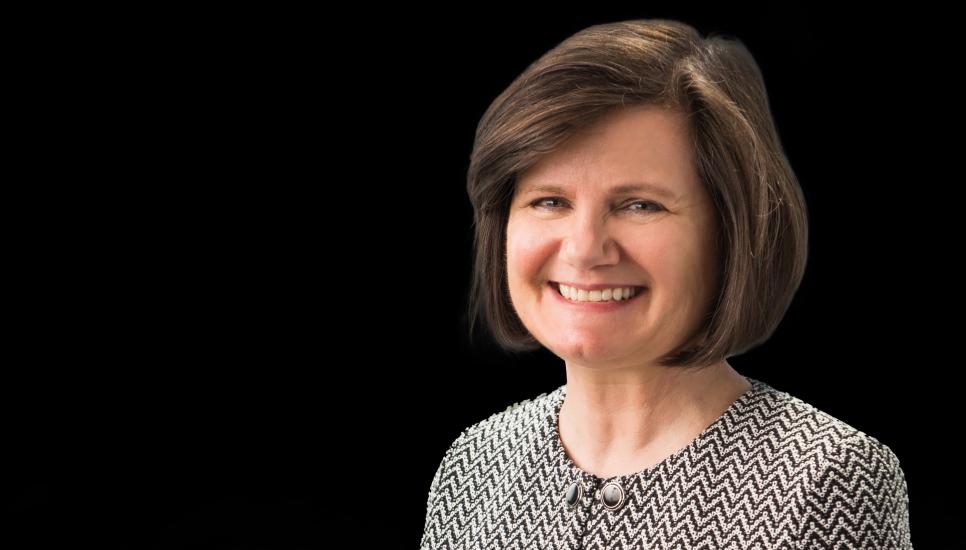With insurance rates on the rise, now is the time to get serious about family risk

Family enterprise owners and their executives generally do a superb job managing risks to the business – but often don’t apply the same rigour when it comes to family and personal risk. Recent substantial hikes in property and casualty insurance rates should encourage a new focus on assessing and managing personal risks on an annual basis, according to executives at Alliant Private Client, which manages the insurance needs of ultra-high-net-worth (UHNW) individuals and families.
Alliant Private Client’s Family Enterprise Risk Index, a recent survey of leaders of UHNW family enterprises, showed that 86% handle risk management planning at the highest levels of the business – but 76% have no regular or systematic annual review process for the family itself. Of those that do, only half said they take steps to align the family’s insurance strategy with its risk exposures.
“This research showed us why family enterprises frequently overlook their personal insurance programmes, despite the reality of a much tighter, more expensive insurance landscape,” says Linda Bourn, senior vice president and Family Enterprise Risk practice leader at Alliant Private Client. “This group tends to concentrate on business risks – and put risks to the family itself on the back burner.”

The personal insurance market is more challenging than in recent memory due to a range of factors, including the frequency and number of natural disasters over recent years (coupled with their cost of destruction), crumbling infrastructure and skyrocketing rebuilding costs, according to Bourn. This has made it much more difficult to secure insurance, given rising non-renewals, increasing premiums nationwide and carriers reaching capacity. Home insurance rates are expected to jump over 7% in 2023 – following a 12.6% hike in 2022 – and car insurance is expected to rise more than 8%, based on data from S&P Global Market Intelligence and ValuePenguin, respectively.
“Property and casualty insurance rates have been rising pretty dramatically across the board and around the country, thanks to inflation, scarcity and rising cost of materials, as well as a host of other macroeconomic variables. In fact, we have seen more carriers opting out of certain lines of coverage,” says Bourn.
“Affluent families too often view insurance as a commodity. This can result in over-paying and inadvertently making costly decisions, or not making insurance decisions that adequately cover the risks of the family.”

“What to do about the problem? We believe the overarching solution for affluent families facing a tougher insurance environment is to make the effort to really understand what they’re insuring against – and move away from thinking about insurance as a commodity. Together, families and their insurance professionals, along with their trusted advisors within the enterprise, should develop a strategy by which they select what to insure against and determine how much coverage the family really needs. This knowledge helps the families offset some of the costs of insurance by intentionally assuming more risk to better manage pricing in this environment. This means they’ll need to delve more deeply than they have before into the details and fine print of policies and options available.”
With regular, detailed reviews of insurance, Bourn believes that families can absorb a range of important information. They may discover, for instance, that their homeowners’ policy doesn’t cover jewellery. In fact, they may find out that it’s less expensive to insure custom furnishings and antiques as fine art than it is general content. With that knowledge, families can decide where they do and don’t need insurance – and arrive at suitable, customised ways forward.
“Given the cost of inflation and the likelihood of the challenging insurance landscape continuing, family enterprises may do well to put insurance higher on their agenda of items to cover in family meetings and consultations with advisors,” says Bourn.






